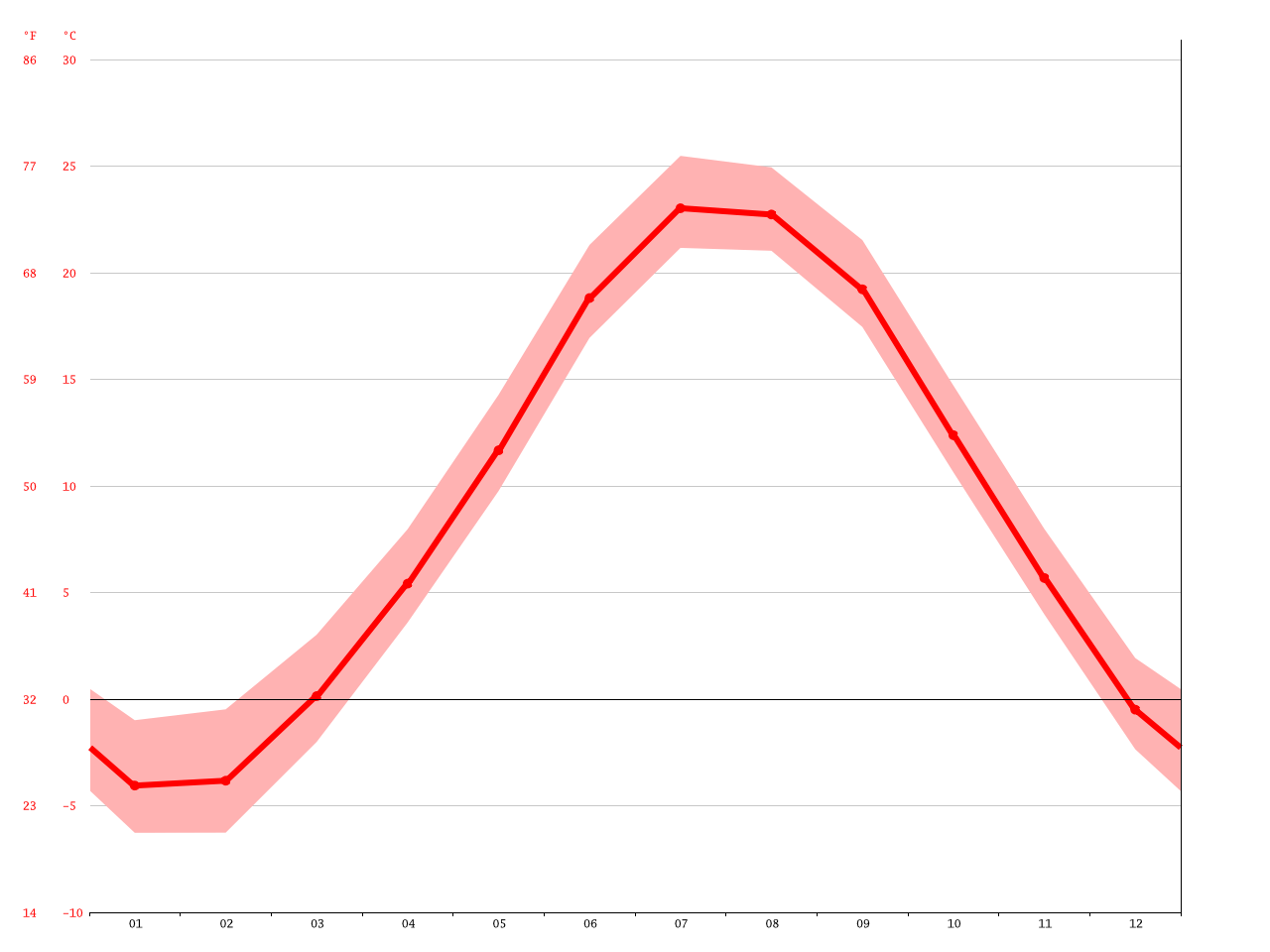Kenosha Weather: A Comprehensive Guide To Climate And Conditions
The weather in Kenosha, Wisconsin, is a significant aspect of life for its residents and visitors alike. Understanding the nuances of Kenosha weather can help you plan your activities, whether you're a local or just passing through. With its unique geographical position along Lake Michigan, Kenosha experiences a variety of weather conditions throughout the year. This article will explore the different seasons, average temperatures, precipitation levels, and tips for dealing with the weather in Kenosha.
In addition to the seasonal breakdown, we will also delve into the historical weather patterns in Kenosha, providing insights into how climate change may be impacting the area. With a focus on accuracy and reliability, we will reference credible data and statistics to enrich your understanding of Kenosha weather. By the end of this article, you will be well-equipped with the knowledge to navigate the weather in Kenosha effectively.
So, whether you’re planning a visit to Kenosha or are a long-time resident, this guide will serve as your go-to resource for everything you need to know about Kenosha weather. Let’s dive into the details!
Table of Contents
- Seasonal Overview
- Spring Weather in Kenosha
- Summer Weather in Kenosha
- Fall Weather in Kenosha
- Winter Weather in Kenosha
- Historical Weather Patterns
- Climate Change Impact on Kenosha Weather
- Tips for Dealing with Kenosha Weather
Seasonal Overview
Kenosha experiences four distinct seasons: spring, summer, fall, and winter. Each season brings its own weather characteristics, making Kenosha a dynamic place to experience the changing climate.
Spring Weather in Kenosha
Spring typically spans from March to May in Kenosha. During this season, temperatures gradually rise as winter recedes.
- Average Temperature: 45°F to 65°F (7°C to 18°C)
- Precipitation: Rainfall is common, with April being the wettest month.
- Weather Conditions: Transitional weather can lead to unpredictable conditions, including occasional late snowfalls.
Summer Weather in Kenosha
Summer in Kenosha lasts from June to August and is characterized by warm to hot temperatures.
- Average Temperature: 65°F to 85°F (18°C to 29°C)
- Precipitation: July tends to be the wettest month, with thunderstorms common.
- Weather Conditions: High humidity levels can lead to discomfort, but the proximity to Lake Michigan provides a cooling effect.
Fall Weather in Kenosha
Fall runs from September to November, showcasing beautiful foliage as trees change colors.
- Average Temperature: 40°F to 70°F (4°C to 21°C)
- Precipitation: Rainfall decreases, but October can still see significant precipitation.
- Weather Conditions: Crisp air and sunny days make fall an enjoyable season.
Winter Weather in Kenosha
Winter spans from December to February, bringing cold temperatures and snowfall.
- Average Temperature: 15°F to 35°F (-9°C to 2°C)
- Precipitation: Snowfall can be significant, with January often being the snowiest month.
- Weather Conditions: Wind chills can make temperatures feel even colder.
Historical Weather Patterns
Examining historical weather data can provide insights into how Kenosha's climate has changed over the years. For instance, records show that average winter temperatures have risen by approximately 2°F over the past 50 years. This trend affects snowfall amounts and winter activities.
- Temperature Trends: Warmer winters and hotter summers have been observed.
- Precipitation Trends: Increased rainfall in spring and summer seasons.
Climate Change Impact on Kenosha Weather
The effects of climate change are becoming increasingly evident in Kenosha. Residents may notice more extreme weather events, such as heavier rainfall, longer droughts, and fluctuating temperatures.
- Increased Flooding Risk: Heavy rain events can lead to flash flooding.
- Shifting Seasons: Some studies suggest that seasons are starting earlier or ending later than in previous decades.
Tips for Dealing with Kenosha Weather
Here are some practical tips for adapting to the weather in Kenosha, regardless of the season:
- Layer Up: Dress in layers during transitional seasons like spring and fall.
- Stay Hydrated: In summer, drink plenty of water, especially during heatwaves.
- Prepare for Snow: Keep snow removal equipment handy during winter months.
Conclusion
In summary, understanding Kenosha weather is essential for both residents and visitors. Each season presents unique characteristics that can impact daily life and activities. By being informed about temperature averages, precipitation patterns, and historical weather trends, you can better prepare for what’s to come. Don't forget to share your own experiences with Kenosha weather in the comments below, and feel free to explore more articles on our site for additional insights!
Penutup
Kami berharap artikel ini memberikan informasi berharga mengenai cuaca Kenosha. Dengan pengetahuan yang tepat, Anda dapat merencanakan kegiatan Anda dengan lebih baik dan menikmati apa yang ditawarkan oleh setiap musim di Kenosha. Jangan ragu untuk kembali lagi ke situs kami untuk mendapatkan informasi lebih lanjut dan tips berguna lainnya!
D. Adams Stats: A Comprehensive Analysis Of His Career And Performance
Understanding The Cause Of Death Of John Witherspoon
Ryan Suter: A Comprehensive Look At The NHL Star
